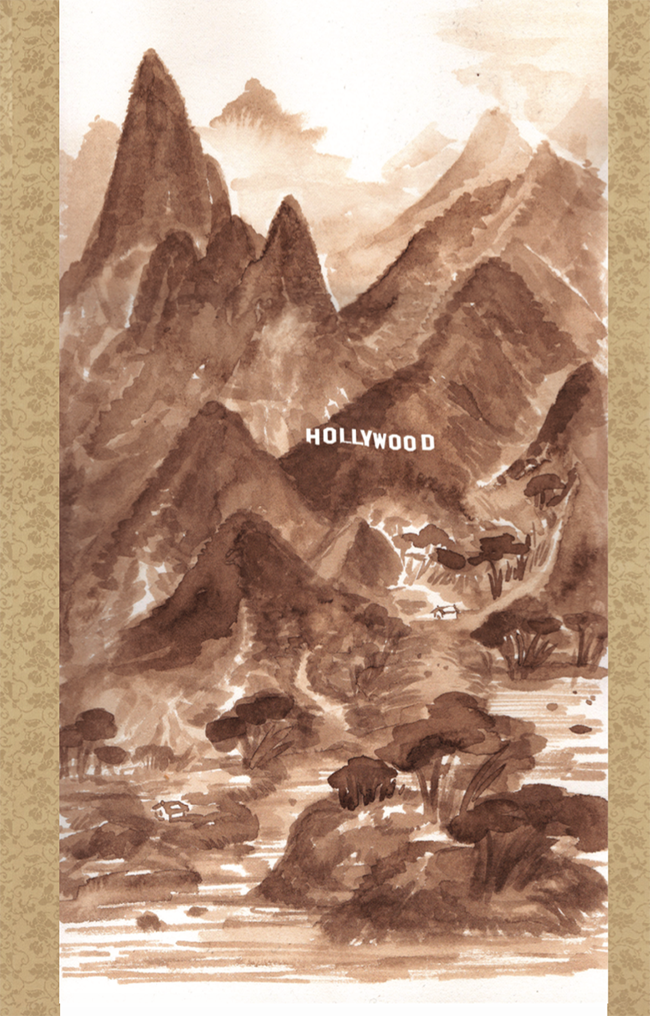ZEITGUIDE TO HOLLYWOOD

Tuesday’s Oscar nominations announcement was accompanied by the usual discussion of who got snubbed, who is most deserving and, ultimately, who might win. At the ceremony itself on March 4th, expect most of the attention to be devoted to #TimesUp and Hollywood’s response to a year of exposed abuses.
As it should be. Addressing harassment as well as gender and racial inequity—in terms of treatment, hiring and compensation—are the most critical challenges facing Hollywood today.
The other major problem 2017 left the industry to reconcile with: Fewer people went to the movies. Hurt by a disappointing summer that culminated with the worst-performing Labor Day weekend since 2000, not even “Wonder Woman” and a huge opening for “Star Wars: The Last Jedi” saved 2017. Ticket sales finished down 6% on the year, a 22-year low for the industry.
The last decade has shown a steady decline in movie theater attendance, with the growth of online streaming as one culprit. This past week saw Netflix surpass a $100 billion valuation for the first time after the service beat subscriber growth expectations at the end of 2017. Netflix is now in more than half of all U.S. households with broadband internet.
Can movie theater subscription services get viewers off their couches and in front of big screens? Call it box office binging: MoviePass, accepted in 91% of theaters, gives users access to one movie ticket per day for just $9.95 per month. The service has attracted more than one million subscribers so far.
Another potential source of optimism for the movie business is audiences abroad, as the international box office was up over 5% from 2016. But even this positive development came with some caveats: The share of box office receipts for American-made films in the coveted Chinese market fell to 40%—that figure had been above 50% in recent years. Chinese filmmakers are beginning to corner their home market, making it harder for Hollywood to make up for revenue losses elsewhere.
Improving on the product, i.e. making better movies, will remain the best approach to getting audiences back into theaters. Movies that did do well, such as sleeper hit, “Get Out,” benefitted from strong reviews and word of mouth, which proliferated through social media. In addition to a compelling plotline, and a modest budget, the film, which was laced with racial commentary, offered its audiences something to think about beyond the suspense. (It also made director Jordan Peele just the fifth black man to be nominated for Best Director.)
And in a year that highlighted the disgraceful treatment of women in Hollywood, two leading films made a big statement for putting more women in charge. “Star Wars: The Last Jedi” had an opening weekend that only trails “The Force Awakens” for the biggest of all time. Both “The Last Jedi” and “The Force Awakens” star a female lead, and the continued success of the series owes in no small part to the leadership of Lucasfilm head Kathleen Kennedy. Over at D.C., “Wonder Woman” grossed over $800 million worldwide, and had an opening weekend that was the biggest ever for a female director, Patty Jenkins.
This year’s Oscar nominees further acknowledged the success of women behind the camera, with Greta Gerwig becoming just the fifth woman to be nominated for Best Director for “Lady Bird.” Rachel Morrison became the first woman in the 90-year history of the Academy Awards to be nominated for Best Cinematography for her work on “Mudbound.”
Hollywood was wrong to trust its old tastemakers, for many reasons. Perhaps this year’s box office, and potential Oscar winners, point to who the new guard should be, and improved prospects for the industry: more women, more people of color—more equity for all players.
